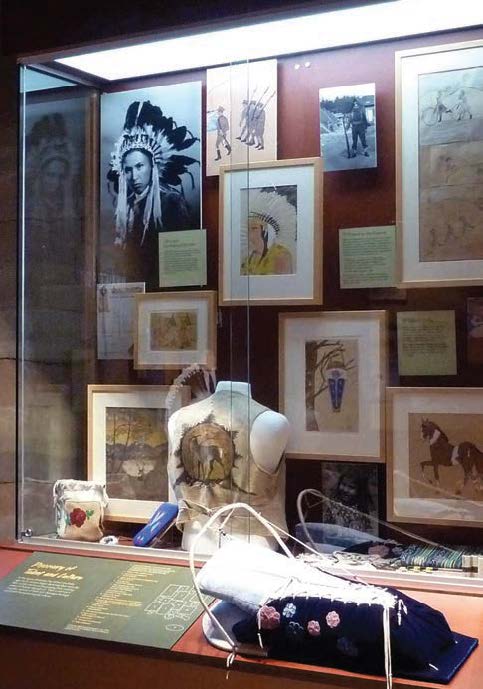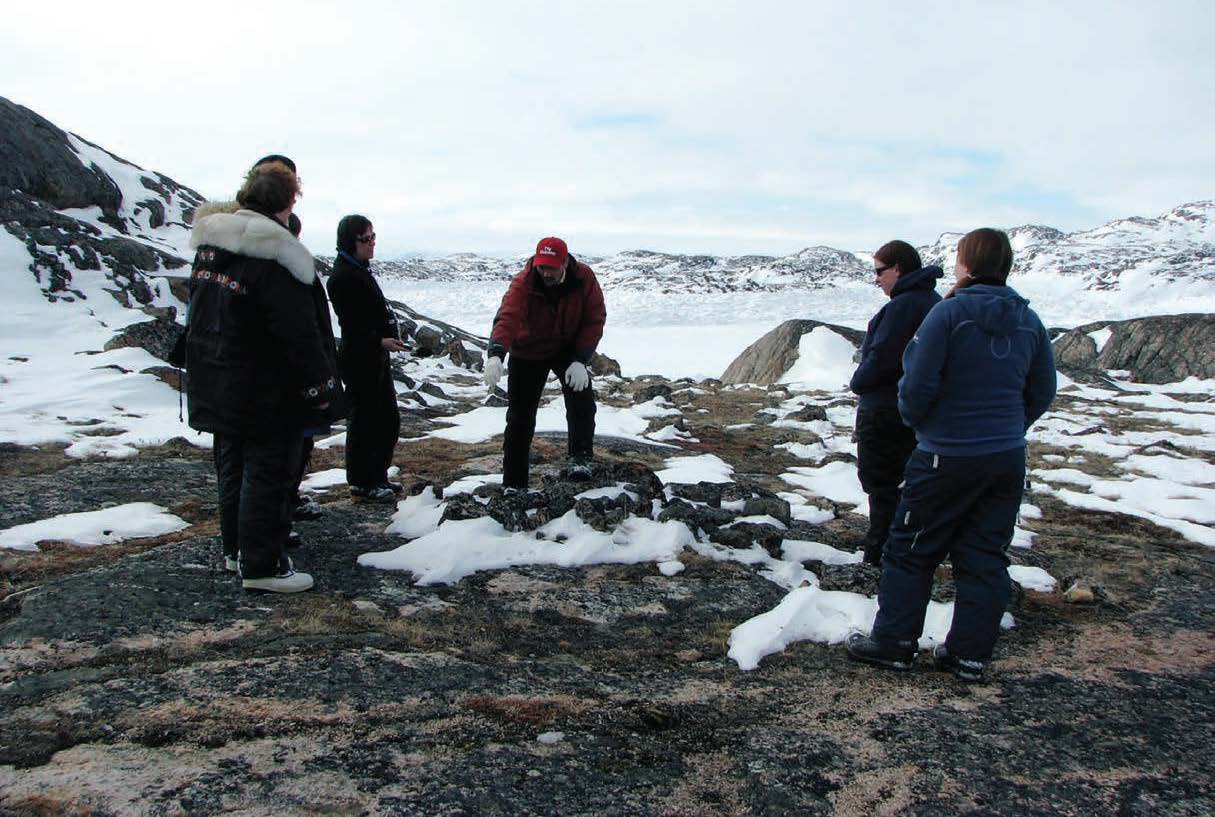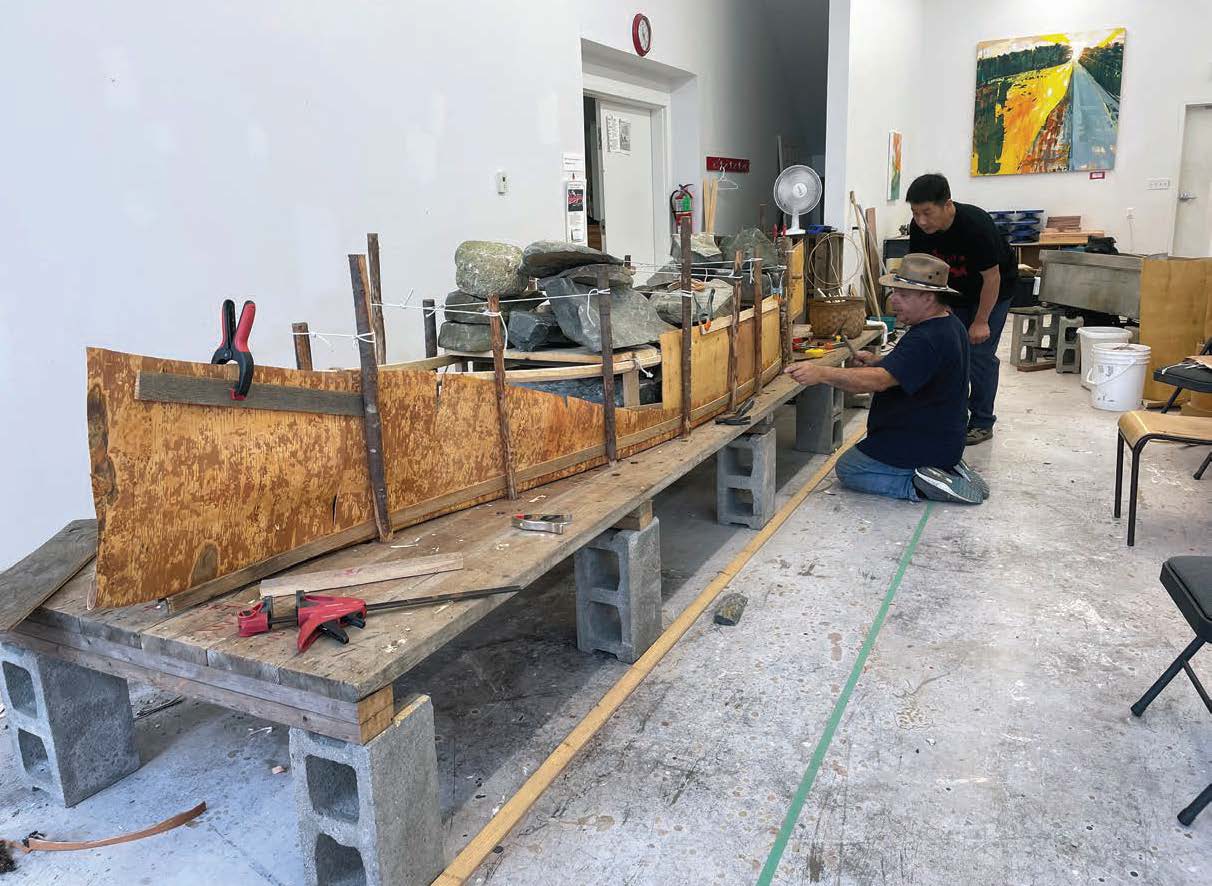UNDRIP and Indigenous Heritage: Pathways to Implementation
The United Nations Declaration on the Rights of Indigenous Peoples (UNDRIP) was identified in the report of the Truth and Reconciliation Commission (TRC) as a “framework for reconciliation.”
Both Canada (in 2021) and the Province of British Columbia (in 2019) have enacted laws to implement UNDRIP, which now applies to the interpretation of Canadian federal laws, and BC provincial law. But what does this really mean? In the coming years, the implementation of UNDRIP will compel conversations, ultimately bring changes to legislation, regulation, and policy at all levels of government, and will have far-reaching implications for corporate and non-governmental organizations, and beyond. The profound implications of implementing UNDRIP cannot be overstated – it will bring on a dramatic societal shift.
In 2022, Canada’s museums sector has firmly launched their response to UNDRIP and the TRC Call to Action #67 with a major report and action plan, Moved to Action: Activating UNDRIP in Canadian Museums. “It is our hope,” the authors write, “that this report, recommendations, and standards centre the Indigenous experience in museums to convey how settlers can assist in dismantling the parts of museums that continue to perpetuate colonial harm”(4). Canada’s heritage conservation sector also has much work to do in embracing the spirit and foundational challenges posed by UNDRIP, and using it as a guide for self-examination and real change.

Nk’Mip Desert Culture Centre, BC. Photo: Julie Harris
What follows below is the summary of a conference session led by the Indigenous Heritage Circle (IHC) at National Trust Conference 2022 (co-organized with IHC and CAHP) in Toronto in October 2022, examining the development of UNDRIP implementation strategies in the heritage conservation sector. Founded in 2016, the Indigenous Heritage Circle is an Indigenous-designed and Indigenous-led organization dedicated to the advancement of cultural heritage priorities that are of importance to Métis, Inuit, and First Nations Peoples in Canada.
As a co-organizer of the National Trust Conference in Toronto, the Indigenous Heritage Circle (IHC) organized three panels along with other meetings. The first panel, held on Friday, October 21st, was “Indigenous Heritage and the United Nations Declaration on the Rights of Indigenous Peoples (UNDRIP).” The session’s panelists were: Catherine Bell, Professor Emeritus of Law at the University of Alberta and the 2020 to 2023 Ariel F. Sallows Chair in Human Rights at the College of Law, University of Saskatchewan; Catherine C. Cole, a Métis consultant and historian working nationally and internationally; and Julie Harris, a founding member the IHC and professional member of CAHP, with extensive experience working for First Nations and Inuit organizations as an historian and heritage specialist. The session’s moderator, Heather George, is a scholar of Euro-Canadian and Kanien’kehá:ka (Mohawk) descent. She is Guest Curator at the Woodland Cultural Centre, Curator of Indigenous Histories at the Canadian Museum of History, President of the Canadian Museums Association, and a PhD candidate.
The Indigenous Heritage and UNDRIP session was organized by the IHC to provide conference participants with a solid understanding of UNDRIP and to explore how current heritage practices will need to change to address UNDRIP’s implementation. The session was built around Catherine Bell’s expertise and writing about UNDRIP and a study undertaken by Catherine C. Cole and Julie Harris for the IHC, titled Indigenous Heritage and the United Nations Declaration on the Rights of Indigenous Peoples. The study’s report, which won the National Trust’s Governors’ Award, is available in English and French through links at https://indigenousheritage.ca/projects/.

Archaeological sites, Qaummaarviit Territorial Park near Iqaluit, NU. Photo: Catherine C. Cole
Unpacking the Implications
Catherine Bell provided a succinct and expert analysis of the scope and principles of UNDRIP. She emphasized that UNDRIP is concerned with the human rights of Indigenous Peoples and that it has become woven into Canadian law and policy in several ways, and that UNDRIP’s preamble and all its articles are to be read together. She also explained that UNDRIP has substantive and procedural aspects – it tells us what is important and why, but also sets standards and processes to guide actions for its implementation. The core of the presentation was an example of four key principles of UNDRIP – 1) equality and non-discrimination, 2) self-determination, 3) recognition and respect for Indigenous laws, customs and traditions, and 4) informed consent. The presentation connected each of these principles to articles in UNDRIP.
Julie Harris spoke about the methodology of the IHC study. The IHC asked that the study be based on interviews with Indigenous people working in their communities and/or for conventional heritage organizations, such as museums and cultural centres. The study would use their words, knowledge and insights for a report grounded in both an understanding of UNDRIP and lived experiences. Catherine Bell and Karen Aird served as key advisors to the consultants. The consultants aimed to apply the principles and processes of UNDRIP in their work. They emphasized the importance of consent, anticipated differences of opinion and perspectives, and greatly appreciated the input of the 20 people who gave their time and shared their knowledge, frustrations and hopes for the study.
Heritage Conservation Practice Will Need to Change
Catherine C. Cole provided an overview of the report by using a combination of quotes from the interviews with selected Articles from UNDRIP. She began by presenting the definition of Indigenous heritage used by the IHC:
Indigenous Heritage is complex and dynamic. Indigenous Heritage encompasses ideas, experiences, belongings, artistic expressions, practices, knowledge, and places that are valued because they are culturally meaningful and connected to shared memory. Indigenous Heritage cannot be separated from either Indigenous identity or Indigenous life. It can be inherited from ancestors or created by people today.
Interviewees found the definition useful because it exposes and emphasizes how Indigenous heritage works, not just what it is. A rightful relationship with the land was a recurring theme in the interviews.
The study and presentation included immediate and long-term recommendations from the interviews aimed primarily at conventional heritage practitioners seeking to bring their work in alignment with UNDRIP. The recommendations were organized into the areas of 1) jurisdictions, 2) capacity building, and 3) awareness. Examples of the recommendations included:
- Federal, provincial, and territorial Culture and Heritage Ministers’ meetings should include the Declaration as a standing topic for the agendas.
- Examine heritage and cultural legislation and policies to include Indigenous heritage, as it is understood by Indigenous Peoples, and ensure that the concepts of stewardship and protection are relevant to Indigenous heritage values, protocols, and methods.
- Develop an implementation guide for the heritage sector in Canada for governmental and non-governmental, Indigenous and non-Indigenous organizations.

Todd Labrador, Acadia First Nation, NS, building a Mi’kmaq birch bark canoe at the Lunenburg School of the Arts. Photo: Julie Harris
The presentation also explored the need to build capacity in the Indigenous heritage community to support reconciliation efforts as a trusted source of leadership and partnership. Until core funding is available for organizations like the IHC, however, there is no Indigenous organization in place to organize conversations or develop strategies. While the weight of addressing Indigenous heritage cannot fall solely on Indigenous People, they need spaces to learn, teach, and explore issues with each other and with the conventional organizations and institutions that intersect with and even care for Indigenous heritage.
The discussion period following the presentations added context, ideas, and information to what had been presented. Catherine Bell reflected on the positive changes she has seen since she started work on projects with the CMA but emphasized that barriers still exist for Indigenous People in having meaningful control over their heritage. She mentioned provincial heritage legislation that pays insufficient attention to consultation with Indigenous communities.
Moderator Heather George asked the panellists to talk about how and why they became involved in Indigenous heritage issues. Julie Harris described exceptional opportunities that came from working for Inuit on the Qikiqtani Truth Commission and the guidance of IHC co-founder Karen Aird when working with First Nations in northeastern British Columbia. In both cases, Indigenous People, like Madeleine Redfern and Karen Aird, were firm about when she was going in the wrong direction, but also helped her understand and apply knowledge they shared. Catherine C. Cole spoke of her very personal experiences of learning about her Métis heritage through typing her mother’s first manuscript as a child (fur trade historian Jean Murray Cole) and, after moving to Edmonton, protecting the burial site of family members who died there in 1845, as well as learning from Métis Elder Muriel Stanley Venne. Catherine Bell spoke of experiences as a law student at the University of Saskatchewan in the 1980s when it was one of only three law schools in Canada that taught about Indigenous legal rights. From there, her various paths took her into teaching at the University of Alberta in Indigenous law, as well as providing advice to First Nations on repatriation.
————————–
Readers wishing to watch the conference session in its entirety can do so by clicking here, as well as a link to a related session: UNDRIP & Indigenous Heritage: In Practice.
Please find a link here to the full IHC report – Indigenous Heritage and the United Nations Declaration on the Rights of Indigenous Peoples (May 2022) – in English, French, ᓀᐦᐃᔭᐍᐏᐣ nēhiyawēwin (Plains Cree), ᐃᓄᒃᑎᑐᑦ (Inuktut), and Mi’kmawi’simk (Mi’kmaq language).
